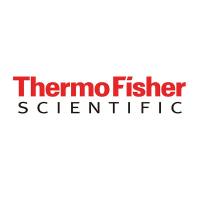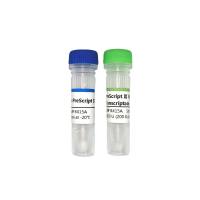Zymography and Reverse Zymography for Detecting MMPs, andTIMPs
互联网
606
Zymography and reverse zymography are techniques used to analyze the activities of matrix metalloproteinases (MMPs) and tissue inhibitors of metalloproteinases (TIMPs) in complex biological samples. The two methods are technically similar. Zymography involves the electrophoretic separation of proteins under denaturing (SDS) but nonreducing conditions through a poly-acrylamide gel containing gelatin. The resolved proteins are renatured by exchange of the SDS with a nonionic detergent, such as Triton X-100 and the gel is incubated in an appropriate buffer for the particular proteinases under study. The gel is stained with Coomassie Blue and proteolytic activities are detected as clear bands against a blue background of undegraded gelatin. The success of this technique, which was originally developed for the study of serine proteases, is based on the following observations: First, gelatin is retained in the gel during electrophoresis when it is incorporated into the gel at the time of polymerization (1 ); it can therefore function as an in situ protease substrate. Second, proteolytic activity can be reversibly inhibited by SDS during electrophoresis and recovered by incubating the gel in aqueous Triton X-100 (2 ); proteolysis is thus postponed until the sample proteins have been resolved into bands of concentrated activity. Finally, the separation of MMP:TIMP complexes by SDS polyacrylamide gel electrophoresis enables their activities to be determined independently of one another, which is not possible in solution assays. A particular advantage of this system is that both the proenzyme and active forms of MMPs, which can be distinguished on the basis of molecular weight, can be detected. This is possible because the proen-zymes are activated in situ presumably by the denaturation/renaturation process and autocatalytic cleavage (3 ).








